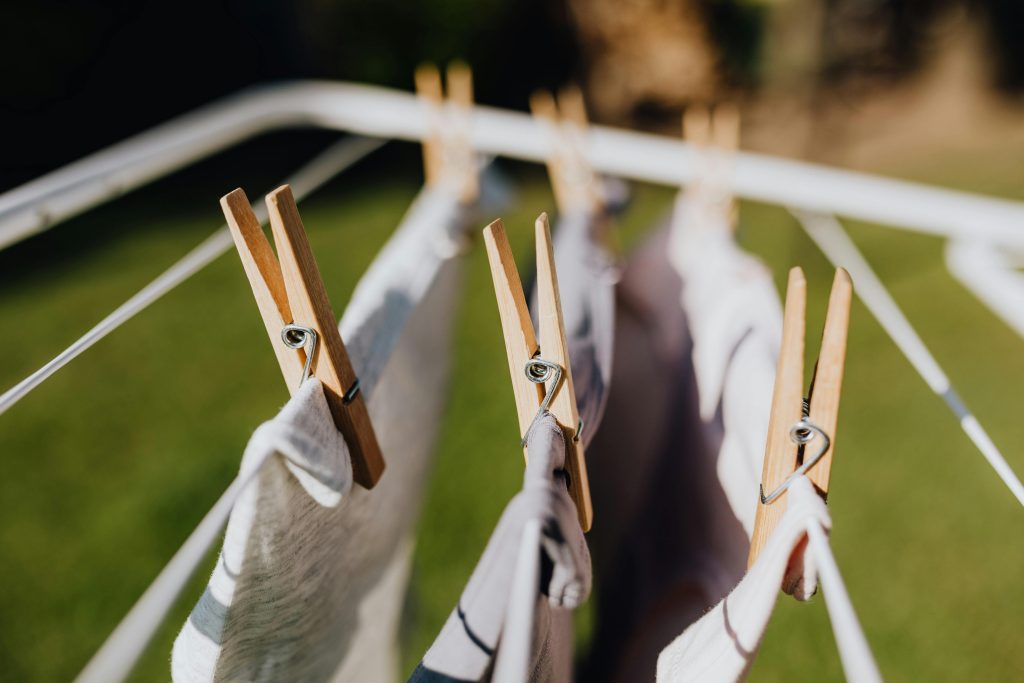Dry Cleaning and the Rise of Green Alternatives: What It Means and Why It Matters
Dry cleaning has long been the go-to solution for cleaning delicate garments and maintaining a polished wardrobe. However, as awareness of environmental impact grows, more people are asking an important question: Is dry cleaning safe for the planet? That’s where green dry cleaning comes in—a safer, more sustainable approach to caring for clothes without compromising quality.
In this blog, we’ll explore what green dry cleaning means, how it differs from traditional methods, and why making the switch matters for your health, your clothes, and the environment.
What Is Green Dry Cleaning?
It refers to the use of eco-friendly cleaning solvents and methods that reduce environmental harm. Traditional dry cleaning relies on a chemical solvent called perchloroethylene, commonly known as perc. While effective, perc has been linked to air pollution, water contamination, and potential health risks with prolonged exposure.
Green dry cleaning eliminates perc and replaces it with non-toxic, biodegradable alternatives. Some of the most popular green solvents include:
- Liquid CO₂: A recycled, pressurized gas that is non-toxic and safe for fabrics.
- Silicone-based solvents (such as GreenEarth®): These break down into sand, water, and carbon dioxide, making them safe for the planet.
- Hydrocarbon solvents: While still petroleum-based, they are less aggressive and less toxic than perc.
It also includes energy-efficient machines, reduced water usage, and environmentally responsible waste disposal.
Why Traditional Dry Cleaning Raises Concerns
While dry cleaning is highly effective for delicate fabrics, the traditional process often raises red flags for environmentally conscious customers. Perc, the most widely used solvent, is classified as a volatile organic compound (VOC) and is under increasing regulation due to its impact on air quality and groundwater.
Prolonged exposure to perc in enclosed spaces may affect the central nervous system, and improper disposal can pollute soil and drinking water. Although dry cleaners using perc follow strict regulations, the risks have led many businesses to explore cleaner alternatives.
Benefits of Green Dry Cleaning
1. Better for the Environment
This methods reduce harmful emissions, lower energy use, and eliminate toxic waste. Solvents like liquid CO₂ are recycled during the cleaning process, minimizing environmental impact.
2. Safer for You and Your Family
Clothes cleaned with eco-friendly solvents do not retain chemical residues or strong odors, making them safer for people with sensitive skin or allergies. It’s a gentle option for households with children or pets.
3. Gentler on Clothes
This methods tend to be less abrasive, which means your garments last longer. Fabrics stay softer, retain color, and maintain shape better than with conventional solvents.
4. Supports Sustainable Living
By choosing this method, you’re making a conscious decision to support a cleaner, more sustainable future. Small changes in how we care for our clothes can have a big ripple effect.
How to Know If a Cleaner Is Truly Green
Not all cleaners that claim to be “green” actually use environmentally safe practices. Here’s how to find out if your dry cleaner is eco-friendly:
- Ask about their solvents. Look for silicone-based, CO₂, or professional wet cleaning systems.
- Check certifications. Some cleaners carry eco-certifications from organizations that audit sustainability practices.
- Inquire about their equipment. Modern machines use less energy and produce fewer emissions.
- Look at packaging. A truly green cleaner will use reusable or biodegradable garment bags instead of plastic.
If your local cleaner doesn’t offer green services yet, let them know you’re interested. Customer demand often drives businesses to upgrade to safer systems.
Why It Matters for Your Community
Choosing green dry cleaning isn’t just a personal decision—it’s a step toward improving the health of your neighborhood. Traditional cleaning solvents can impact local air and water quality, especially in densely populated areas. By supporting environmentally responsible businesses, you’re helping create a cleaner, safer community for everyone.
Plus, as more customers prioritize sustainability, the entire industry is shifting toward greener practices. Your choices can drive positive change.
Conclusion
Dry cleaning is essential for preserving delicate fabrics and professional attire, but it doesn’t have to come at a cost to the environment. It will offers a safer, cleaner alternative that protects your health, your clothes, and the planet.
At our facility, we are committed to offering eco-friendly services that deliver the same professional results—without harmful chemicals. Whether you’re dropping off a suit, dress, or everyday items, you can feel good knowing your garments are in good hands and your choices support a greener future.
If you haven’t tried green dry cleaning yet, now is the perfect time to make the switch. Your clothes—and the planet—will thank you.

